Mechanical Cost Estimating is a very tough and attention-demanding job. If you are a new construction cost estimator in this field then you must realize that accuracy is the key! For that, you must have specific certifications from the American Estimators Organization (AEO), The American Association of Cost Engineers (AACE), and more. Moreover, make sure to first get trained and then catch someone’s project.
Contractors, subcontractors, builders, owners, architects, and designers depend on authentic Mechanical Estimating Services. The experts of these companies are the masters of delivering accurate mechanical cost estimation. That is why investors only rely on those professionals who offer 100% accurate results with good past records. To compete in the US construction industry, you need to be very sharp and unique. So that people can trust your work and you get the opportunity to win more projects.
Mechanical systems, including HVAC (heating, ventilation, and air conditioning), plumbing, and fire protection are the core parts of any building. Accuracy in estimating mechanical costs can prevent overbudgeting. Our article will guide you step by step to provide exact Mechanical Estimates to contractors.
EQUIP YOURSELF WITH THE SKILLS TO ACCURATELY ESTIMATE MECHANICAL COSTS FOR YOUR CONSTRUCTION PROJECTS! DON’T LET COST OVERRUNS DERAIL YOUR PROJECTS. START ESTIMATING WITH CONFIDENCE TODAY!
Step-by-Step Guide for Accurate Mechanical Cost Estimating!
Do not Just Focus on Numbers
It is very important to understand that focusing just on the number is not right. First, analyze the scope of the mechanical work involved. You have to look into every minor detail so that nothing is missed! Multiple components and systems are analyzed. Having precise drawings and specs will give transparency. The systems that are analyzed are:
- HVAC Systems: Heating and cooling systems, ductwork, ventilation.
- Plumbing Systems: Water supply, drainage, gas piping, fixtures.
- Fire Protection Systems: Sprinklers, alarms, fire suppression systems.
Conducting a Detailed Takeoff
You need to perform a thorough takeoff and list down all the possible mechanical and plumbing materials accurately. Use advanced takeoff software like Cost Works Value, FastPIPE, Planswift, FastDUCT, Trimble, and more for refined outputs.
The takeoff process includes quantifying:
- HVAC: Counting the number of units, duct runs, vents, and controls.
- Plumbing: Listing pipes, fittings, fixtures, and valves.
- Fire Protection: Identifying the number of sprinklers, piping, and control systems.
Gathering Cost Data
After quantifying, you must extract the cost of every material and list them all in the EXCEL sheet. Remember, to collect up-to-date cost data for all the materials and equipment listed in the takeoff.
What will be your sources? Suppliers, manufacturers, industry publications, and databases like RSMeans or CostWorks would be your sources. Make sure to negotiate with the suppliers, compare the prices, and then decide which one to choose!
Mechanical cost estimating includes:
- Material Costs: Prices for pipes, ducts, fixtures, and other components.
- Equipment Costs: Costs for HVAC units, boilers, pumps, etc.
- Labor Costs: Wages for skilled labor, including installation and testing.
Labor and Installation Costs
How will you estimate labour and installation costs? The labour cost is based on the complexity of the project and what are the rates according to the location of the property.
- ManHours: You must calculate the number of hours required for installation.
- Labour Rates: Determining the hourly wage rates for different types of workers (e.g., HVAC technicians, plumbers, fire protection installers).
Accounting for Overheads and Profit Margins
After the calculation of labour costs then you will have to account for the overheads and profit margins.
You will have to add:
- Overheads: Administrative expenses, transportation, insurance, permits.
- Profit Margins: Desired profit to be added to the total cost estimate.
A common approach is to apply a percentage of the total direct costs to cover overheads and profit.
Don’t Forget to Add Unexpected Costs!
Never forget to add extra costs to your budget. There might be changes in the project during the construction process that can possibly increase your budget. Most probably, a contingency of 5-10% of the total estimate is added to account for uncertainties.
Reviewing and Adjusting the Estimate
Before delivering your proposal to your client, make sure to recheck after compiling all the mechanical components.
You must check for:
- Consistency: Ensure that all items in the scope are included.
- Accuracy: Crosscheck prices and quantities.
- Feasibility: Validate that the estimate aligns with the project budget and timeline.
Finalizing the Estimate
Once you have reviewed and adjusted, finalize the estimate and document. This will help in refining your estimates and delivering spot-on results.
NOW THAT YOU’VE LEARNED THE INS AND OUTS OF ESTIMATING MECHANICAL COSTS, IT’S TIME TO PUT YOUR KNOWLEDGE TO WORK. START IMPLEMENTING THESE STRATEGIES IN YOUR PROJECTS AND SEE THE DIFFERENCE IT MAKES.
Conclusion
To sum it all up, you need to follow these steps for mechanical cost estimating for every type of construction project whether it is residential, commercial, or industrial. By understanding the scope, conducting detailed takeoffs, gathering accurate cost data, and accounting for labour, overheads, and contingencies. You can create accurate estimates that are unmatchable and perfect to complete the project within time and budget! So if you are a newbie make sure to first learn and train properly and then work professionally!

